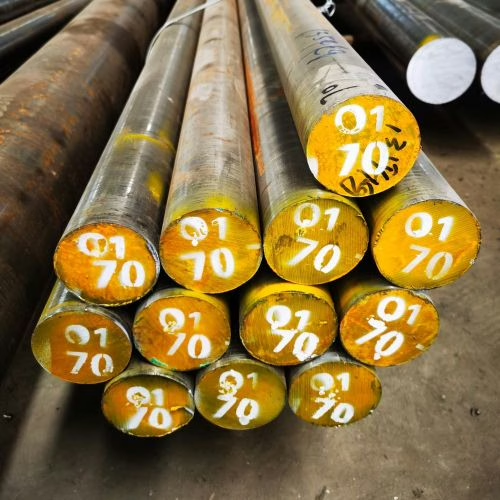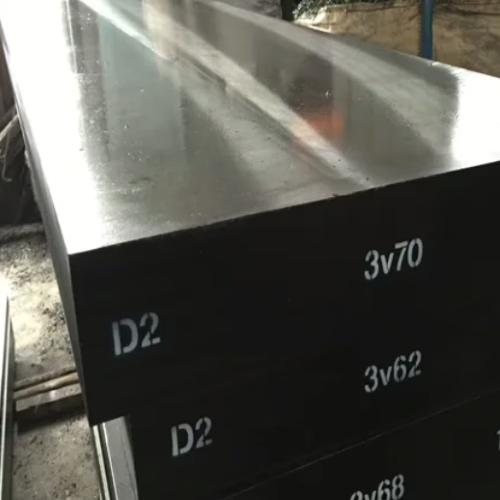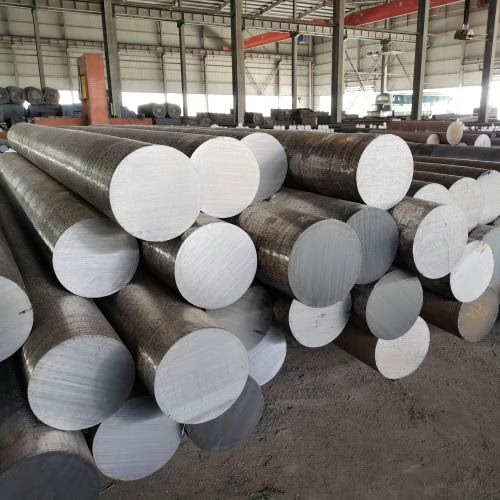O1 vs. O2 Steel: Key Differences for Your Factory
When selecting materials for your tooling, it is important to understand the differences between grades like O1 and O2 tool steel. Both are common in the O-series of oil-hardening tool steels, but their characteristics can affect your manufacturing. The Bottom Line Up Front For factory managers and engineers comparing O1 and O2: O1 tool steel is a well-documented, […]
O1 vs. O2 Steel: Key Differences for Your Factory Read More »



